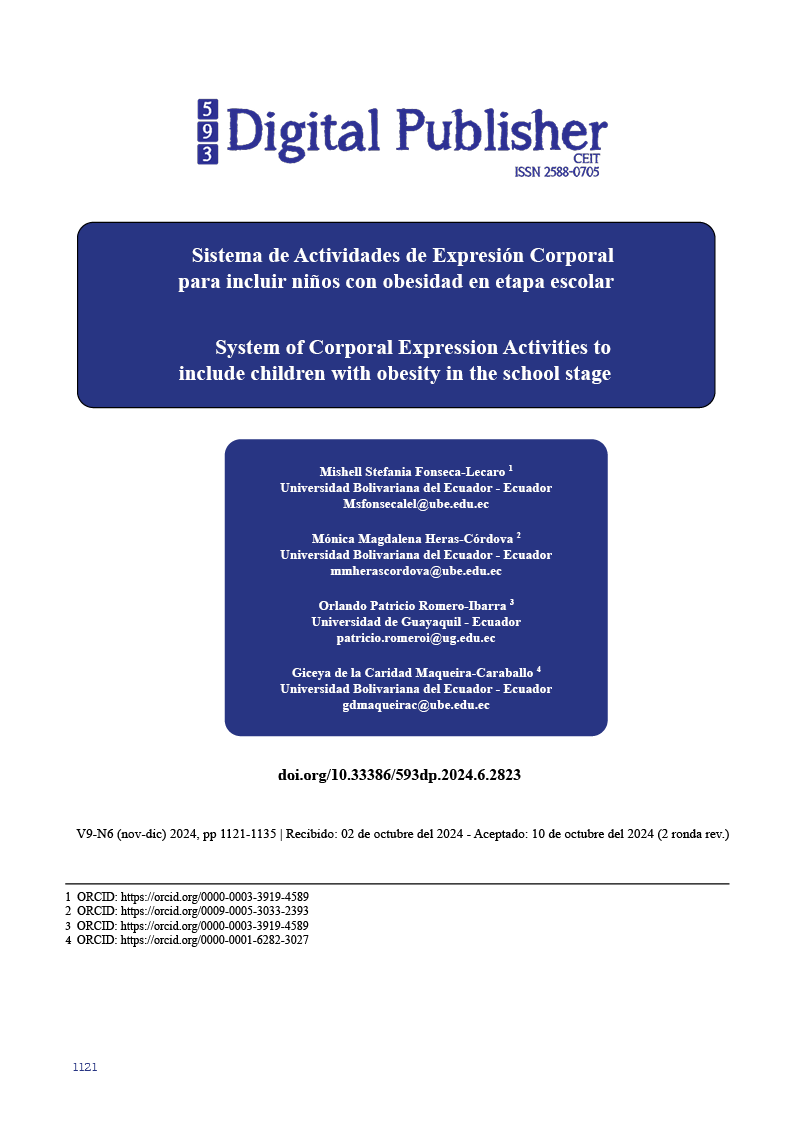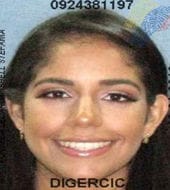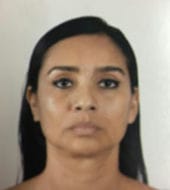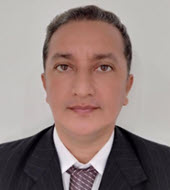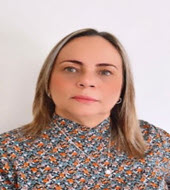System of Corporal Expression Activities to include children with obesity in the school stage
Main Article Content
Abstract
Obesity is characterized by a significant increase in body weight for their age and height, which can be controlled by improving exercise habits and proper nutrition; where Physical Education acts favorably. The objective of the objective of the research is to design a system of activities from the corporal expression for the inclusion of students with obesity in the Physical Education class. The path of inclusive education, the of inclusive education, obesity as an obesity as a disorder or chronic disease, as well as the corporal expression to promote inclusion, participation and inclusion, participation and enjoyment of all students, from the Physical Education class. The research has a mixed approach and used theoretical methods such as historical-logical, synthesis analysis and documentary review, as well as empirical methods including document analysis, observation, survey and interviews. As main results in the diagnosis, the current state of inclusive education in the institution was characterized, with a population of 35 students of which 5 have obesity, which allows the elaboration of the proposal consisting of a system of corporal expression activities for the inclusion of students with obesity, this proposal was validated by a systematization of experiences of educational practices, considering it as an excellent option for children with obesity to mobilize their organism and generate excellent results to their health and the environment that surrounds them.
Downloads
Article Details

This work is licensed under a Creative Commons Attribution-NonCommercial-ShareAlike 4.0 International License.
1. Derechos de autor
Las obras que se publican en 593 Digital Publisher CEIT están sujetas a los siguientes términos:
1.1. 593 Digital Publisher CEIT, conserva los derechos patrimoniales (copyright) de las obras publicadas, favorece y permite la reutilización de las mismas bajo la licencia Licencia Creative Commons 4.0 de Reconocimiento-NoComercial-CompartirIgual 4.0, por lo cual se pueden copiar, usar, difundir, transmitir y exponer públicamente, siempre que:
1.1.a. Se cite la autoría y fuente original de su publicación (revista, editorial, URL).
1.1.b. No se usen para fines comerciales u onerosos.
1.1.c. Se mencione la existencia y especificaciones de esta licencia de uso.
References
Alejandro Contento, K. J. A., Alvardo, J. L. E., Gaona, M. del C. V., & Freire, E. E. E. (2018). Consideraciones sobre la educación inclusiva. Revista Metropolitana de Ciencias Aplicadas, 1(3), Article 3. https://remca.umet.edu.ec/index.php/REMCA/article/view/48
Almanza, A. J. (2023). Revisión de la obesidad en niños. Psic-Obesidad, 13(49), Article 49. https://doi.org/10.22201/fesz.20075502e.2023.13.49.87650
Delgado, P. (2022, junio 14). La educación inclusiva: Un proceso complicado pero necesario. Observatorio / Instituto para el Futuro de la Educación. https://observatorio.tec.mx/edu-news/la-educacion-inclusiva-un-proceso-complicado-pero-necesario/
García, A. L. N., & Solórzano, H. M. (2024). Factores socioculturales y estado nutricional de los menores de 3 años en un centro de atención infantil ecuatoriano. Revista Científica Arbitrada Multidisciplinaria PENTACIENCIAS, 6(3), Article 3. https://doi.org/10.59169/pentaciencias.v6i3.1100
González Sarmiento, E. (2017). LA EPIDEMIA DE OBESIDAD. UN RETO DEL SIGLO XXI. An Real Acad Med Cir Vall, 54, 101-114.
González-Ortega, M., Zhiñin-Quezada, P., Romero-Ibarra, O., & Maqueira-Caraballo, G. (2024). La expresión corporal en la inclusión de niños con sobrepeso en las clases de educación física. 593 Digital Publisher CEIT, 9(2), Article 2. https://doi.org/10.33386/593dp.2024.2.2283
Hernández-Sampieri, R., & Mendoza, C. (2018). Metodología de la investigación. Las rutas cuantitativa, cualitativa y mixta. Revista Universitaria Digital de Ciencias Sociales (RUDICS), 10(18), 92-95. https://doi.org/10.22201/fesc.20072236e.2019.10.18.6
Molina-Cevallos, M. L., & Palma-Villavicencio, M. (2022). Desarrollo De La Expresión Corporal En Tiempos De Pandemia a Través De Manual De Actividades. Revista Científica Multidisciplinaria Arbitrada YACHASUN, 6(11), 104-118. https://www.redalyc.org/journal/6858/685872167007/html/
Muntaner-Guasp, J. J., Bartomeu Mut-Amengual, B., & Pinya-Medina, C. (2022). Las metodologías activas para la implementación de la educación inclusiva. Revista Electrónica Educare, 26(2), 1-21. https://doi.org/10.15359/ree.26-2.5
Oliveira, L. F. de L. (2016). Educación física y la obesidad infantil. Revista Científica Multidisciplinar Núcleo do Conhecimento. https://www.nucleodoconhecimento.com.br/educacion-es/obesidad-infantil
Palma-Quimis, J. F., Macías-Hernández, A. R., Romero-Ibarra, O. P., & Maqueira-Caraballo, G. D. L. C. (2024a). Actividades de expresión corporal para la inclusión de estudiantes con discapacidad intelectual en la clase de educación física. MQRInvestigar, 8(1), 3549-3565. https://doi.org/10.56048/MQR20225.8.1.2024.3549-3565
Palma-Quimis, J. F., Macías-Hernández, A. R., Romero-Ibarra, O. P., & Maqueira-Caraballo, G. D. L. C. (2024b). Actividades de expresión corporal para la inclusión de estudiantes con discapacidad intelectual en la clase de educación física. MQRInvestigar, 8(1), 3549-3565. https://doi.org/10.56048/MQR20225.8.1.2024.3549-3565
Picos-Salas, M. G., Canon-Buitrago, E. A., Rios-Cruz, R. D., & Brun Lomado, M. (2023). Educación física y niños con síndrome de down: Estrategias metodológicas para la labor docente. Revista de Instrumentos, Modelos e Políticas em Avaliação Educacional, 4, e023007. https://doi.org/10.51281/impa.e023007
Posso Pacheco, R. J., & Barba Miranda, L. C. (2023). Expresión corporal en educación inicial: Fomento de la creatividad y la inclusión. MENTOR Revista de Investigación Educativa y Deportiva, 2(2), 1228-1234.
Rojo Ramos, J., Mañanas Iglesia, C., Herreruela Jara, D., Hernández Beltrán, V., & Gamonales, J. M. (2023). Análisis descriptivo de la formación en Expresión Corporal de los maestros en Educación Infantil de Extremadura. Retos, 47, 1022-1030.
Romero Naranjo, F. J., Andreu-Cabrera, E., & Arnau-Mollá, A. F. (2023). Neuromotricity and body schema. Bases for the use of body percussion in the sciences of physical educa-tion and sport. Retos, 47, 615-627. https://doi.org/10.47197/retos.v47.95922
Romero-Ibarra, O., Lopez-Obregon, M., Romero-Ibarra, F., & Romero-López, F. (2024). La expresión corporal en la inclusión educativa en estudiantes con necesidades educativas especiales. 593 Digital Publisher CEIT, 9(2), 51-64. https://doi.org/10.33386/593dp.2024.2.2239
S.A, S. (2023). Incremento de la obesidad infantil en Ecuador. https://blog.saludsa.com/incremento-de-la-obesidad-infantil-en-ecuador
Zapata Galarza, M. V., & Ramírez Ponce, D. Y. (2020). La promoción de la actividad física para disminuir el sobrepeso en niños. Podium. Revista de Ciencia y Tecnología en la Cultura Física, 15(1), 153-165. http://scielo.sld.cu/scielo.php?script=sci_abstract&pid=S1996-24522020000100153&lng=es&nrm=iso&tlng=es

